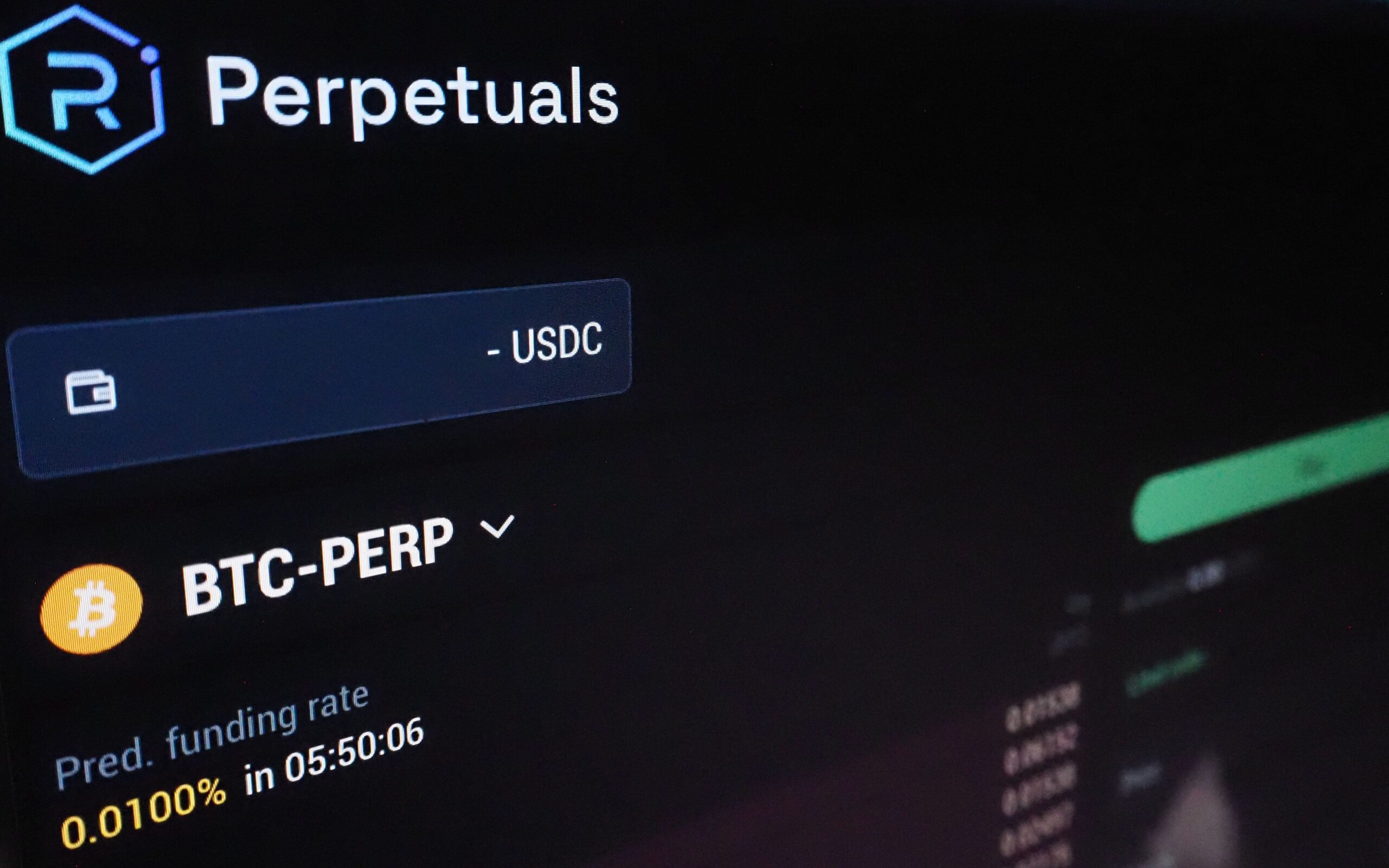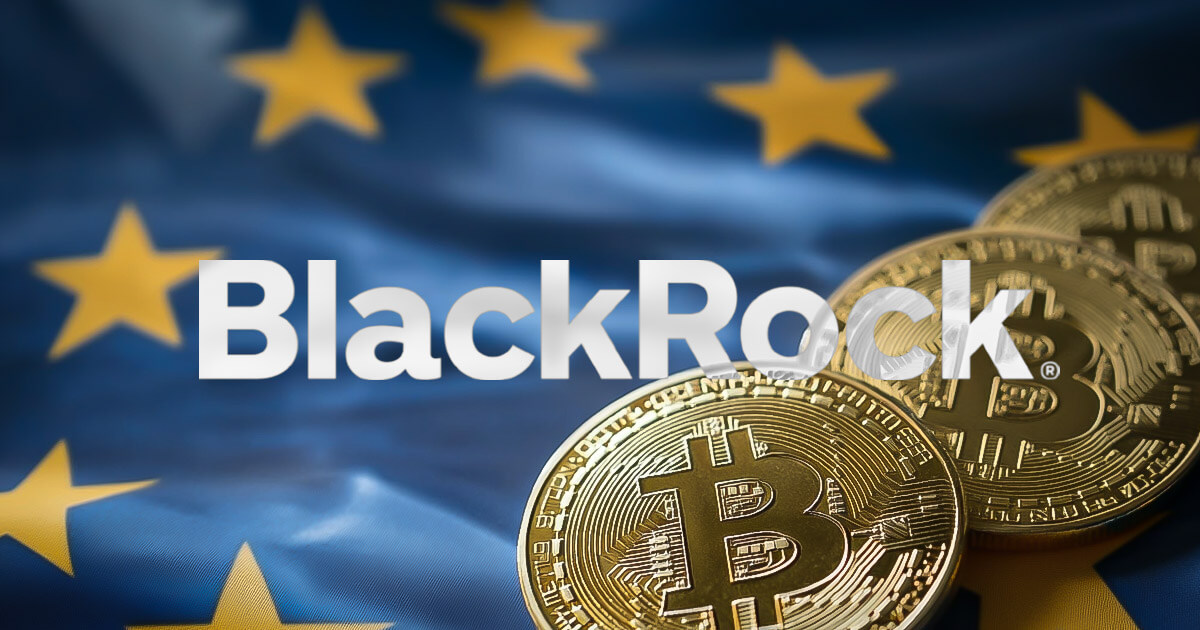
What is Uniswap v4?
Uniswap v4 represents a new phase of the decentralized exchange, optimizing trading costs by improving efficiency and granting full control to the users over liquidity and fees.
Here are the key upgrades in v4:
- Lower Gas Fees – Creating liquidity pools is up to 99.99% cheaper.
- Hooks – Developers can customize trading rules, such as dynamic fees and limit orders.
- Flash Accounting – Reduces unnecessary token transfers, saving gas fees.
- Dynamic Fees – Pools can adjust fees automatically based on market conditions.
- Native ETH Support – No need to wrap ETH into WETH before trading.
- Singleton Contract – All pools exist under one contract, making transactions more efficient.
Uniswap v4 vs. Previous Versions
Uniswap has improved with each version. Here’s a comparison:
|
Feature |
Uniswap v1 (2018) |
Uniswap v2 (2020) |
Uniswap v3 (2021) |
Uniswap v4 (2025) |
|
Smart Contracts |
One for all pairs |
Separate for each pool |
Separate for each pool |
Singleton contract (all pools in one) |
|
Liquidity Model |
Equal liquidity for all price ranges |
More flexible |
Concentrated liquidity (LPs set price ranges) |
More efficient LP management (ERC-6909) |
|
Fee Structure |
Fixed 0.30% |
Fixed 0.30% (customizable) |
Multiple tiers (0.05%, 0.3%, 1%) |
Dynamic fees + custom hooks |
|
Gas Efficiency |
High cost |
Moderate |
More efficient but costly |
Most gas-efficient (99.99% cheaper pool creation) |
|
Swapping |
ETH as a bridge |
Direct ERC-20 swaps |
Improved LP positions |
More flexible swapping with LP control |
|
Price Oracles |
None |
TWAP oracles |
Advanced price oracles |
Enhanced oracles + external integrations |
|
ETH Support |
Must wrap ETH |
Must wrap ETH |
Must wrap ETH |
Native ETH support (no wrapping) |
|
Customization |
None |
None |
None |
Hooks for custom pool logic |
|
Flash Accounting |
No |
No |
No |
Yes (optimizes token transfers) |
|
Security |
Basic model |
Improved security |
Highly audited |
Most secure version, $15.5M bug bounty |
Key Features of Uniswap v4
Let’s take a closer look at the biggest upgrades.
1. Singleton Contract: Lower Gas Fees
Before: Every liquidity pool had a separate smart contract, making transactions costly.
Now: A single contract (Singleton Design) manages all pools, significantly reducing gas fees.
2. Hooks: Custom Trading Logic
Before: Trading rules were fixed, giving liquidity providers little flexibility.
Now: Developers can create custom trading rules using hooks.
Hooks enable:
- Dynamic fees that adjust automatically during volatile markets.
- Limit orders that execute only at the desired price.
- Auto-reinvesting LP rewards without manual steps.
3. Flash Accounting: Fewer Token Transfers
Before: Each swap moved tokens multiple times, increasing gas costs.
Now: Uniswap tracks balance changes internally and transfers only the final amount.
Think of it like a restaurant order. Before, every dish was brought separately, wasting time. Now, everything arrives at once, saving effort and cost.
4. Dynamic Fees: Smarter Pricing
Before: Pools had fixed fees (0.05%, 0.3%, 1%), meaning LPs couldn’t adjust based on market trends.
Now: Fees rise during volatility and drop in stable conditions, optimizing LP earnings.
Why it matters:
- Traders get lower fees when the market is stable.
- LPs earn more when demand increases.
- Makes Uniswap more competitive against centralized exchanges.
5. Native ETH Support: No More Wrapping
Before: ETH had to be converted into WETH before trading.
Now: Users can trade with native ETH, reducing gas fees and simplifying transactions.
It’s like using cash instead of first converting it into a gift card before making a purchase.
6. ERC-6909: A More Gas-Efficient Token Standard
Before: Providing or removing liquidity required multiple ERC-20 transfers, increasing gas costs.
Now: ERC-6909 reduces unnecessary transactions, saving on fees and improving efficiency.
Who Should Switch to Uniswap v4?
If you use Uniswap, v4 offers major benefits. Here’s why you might want to switch:
- For Traders: Lower gas fees, native ETH support, and more efficient swaps.
- For Liquidity Providers: Better liquidity control, dynamic fees, and gas savings.
- For Developers: More flexibility with custom trading rules using hooks.
How Liquidity Pools Work in v4
If you’ve used Uniswap, you’ve interacted with liquidity pools. But how do they work in v4?
Before (v3):
- Each trading pair had its own smart contract.
- Trading across pools meant interacting with multiple contracts, increasing gas fees.
Now (v4):
- All pools exist in one big contract called the PoolManager.
- Creating a new pool is up to 99.99% cheaper.
- Multi-hop swaps (trading across multiple pools) cost much less.
Uniswap v4 is the biggest upgrade yet. It improves efficiency, lowers fees, and gives users more control over trading. With features like hooks, flash accounting, and dynamic fees, it sets a new standard for decentralized exchanges.
Whether you’re a trader, liquidity provider, or developer, Uniswap v4 offers something valuable. If you’re using an older version, it might be time to upgrade.





